I am building a UI using pure Direct2D and C# with SharpDX. This UI is meant to be user-friendly and good-looking, while being efficient.
For the sake of demonstration, I built a prototype using hacky undocumented APIs (see this question), but in no way I am going to production with this, being backward-compatibility the first and foremost reason:
var accent = new User32.AccentPolicy { AccentState = AccentState };
int accentStructSize = Marshal.SizeOf(accent);
// allocate space for the struct
IntPtr accentPtr = Marshal.AllocHGlobal(accentStructSize);
Marshal.StructureToPtr(accent, accentPtr, false);
// set composition data
var data = new User32.WindowCompositionAttributeData {
Attribute = User32.WindowCompositionAttribute.WCA_ACCENT_POLICY,
SizeOfData = accentStructSize,
Data = accentPtr
};
// change window composition attributes and release resources
User32.SetWindowCompositionAttribute(Handle, ref data);
Marshal.FreeHGlobal(accentPtr);
I know the instant response to this is to use WPF, but I'm fairly limited to raw Direct2D calls, as I'm intending to move all the UI logic to a DLL for injection in DirectX apps (which, albeit not being sure how I'm going to do this, is out of the scope of this question.)
On Windows 8.1, there is DirectComposition, which enables efficient alpha-blending on top of transparent windows.
But there's no such thing in Windows Vista and 7 (even with the Platform Update).
Is there a way I can use pure, non-hacky Direct2D/DirectX code to make this UI work across all Windows versions (preferably Vista SP2 upwards)?
